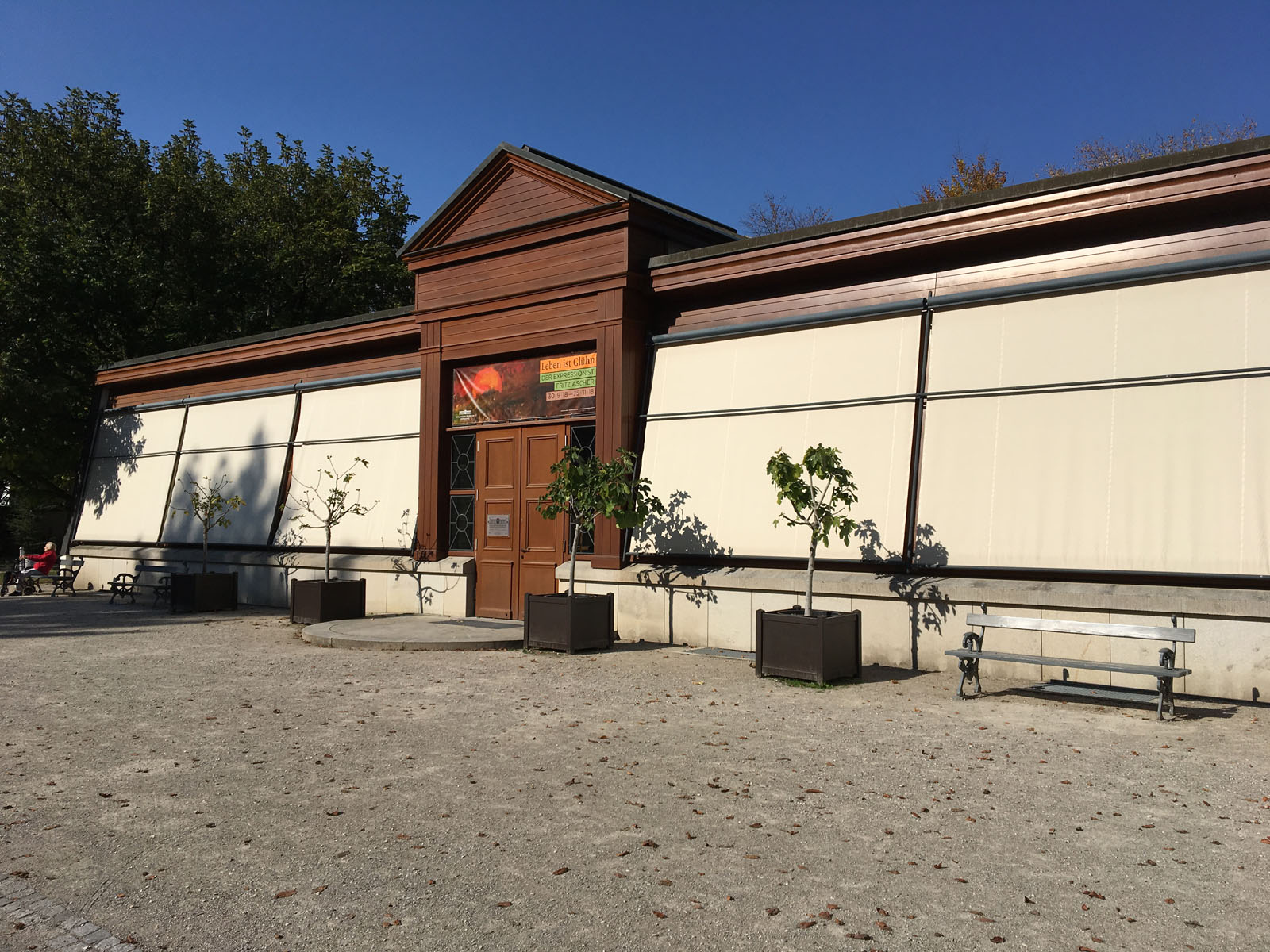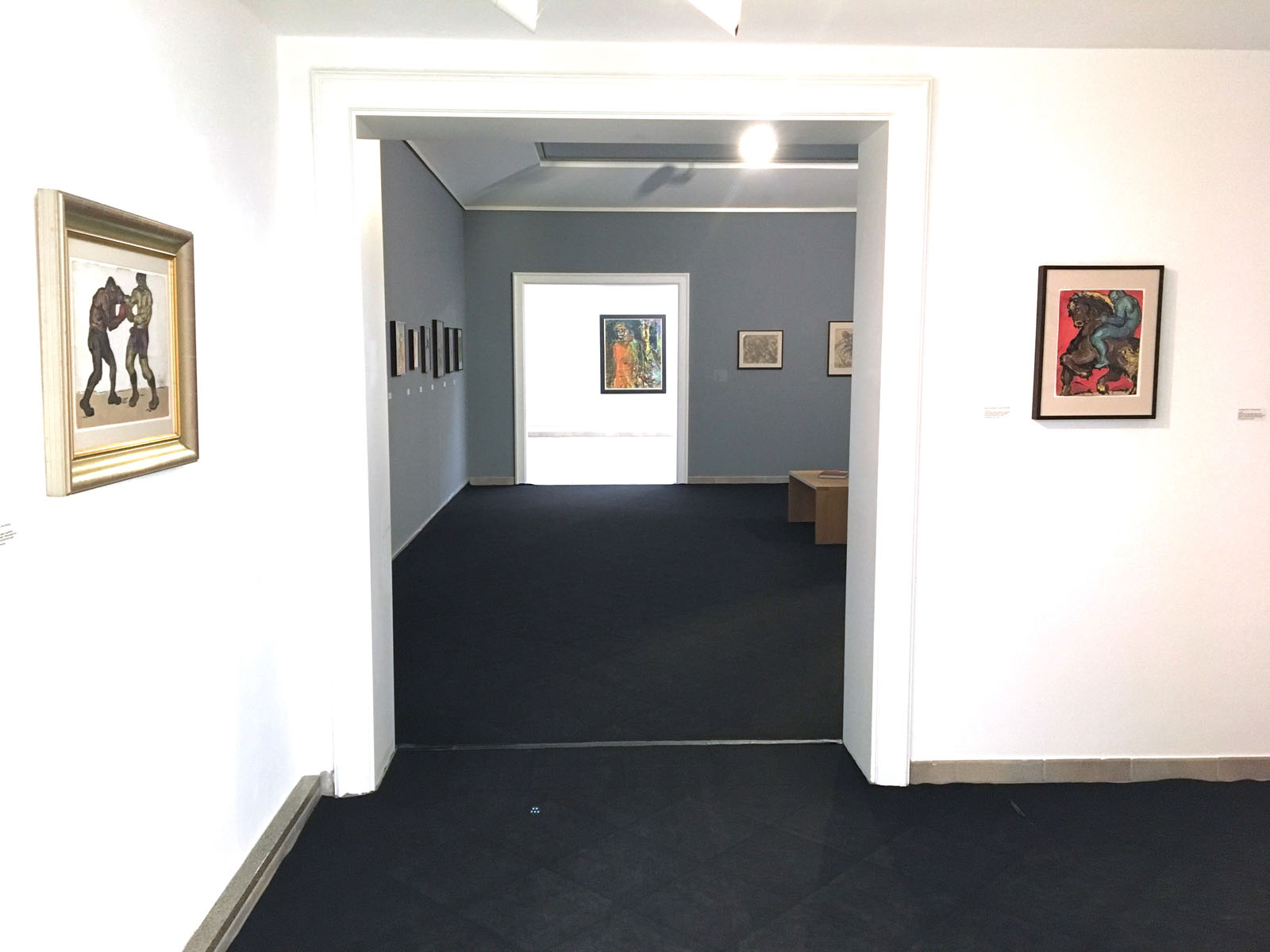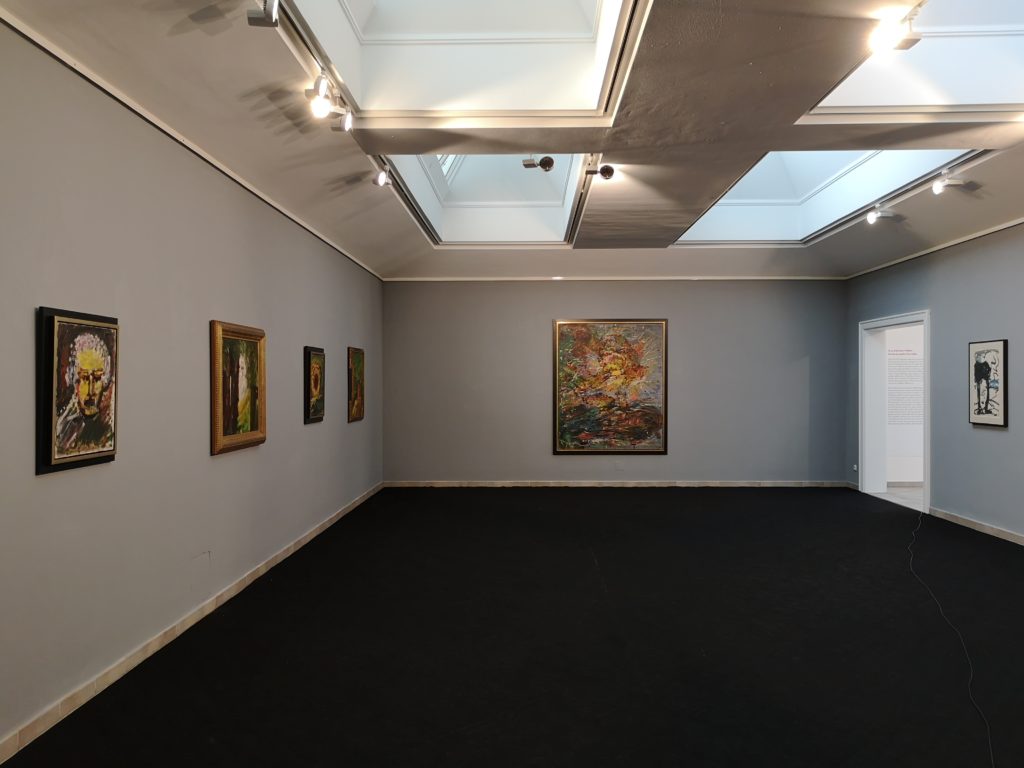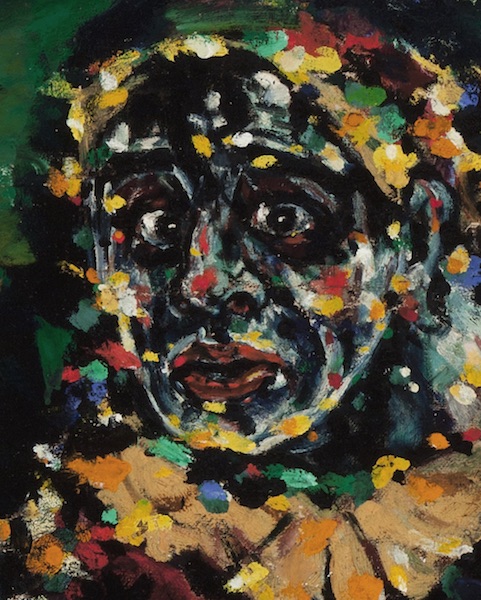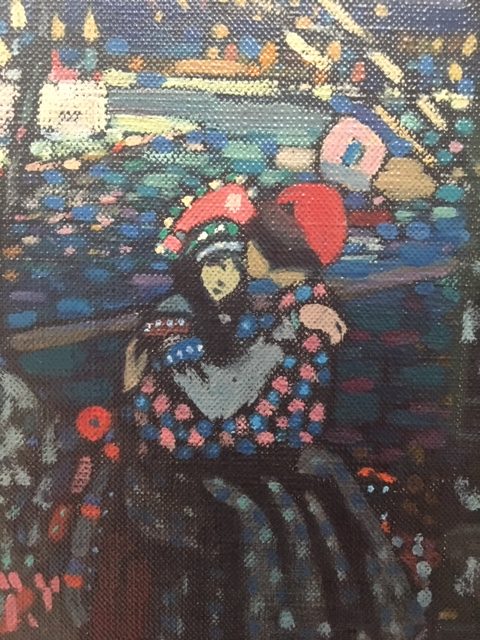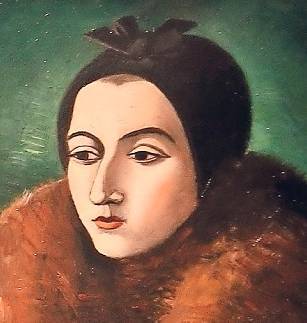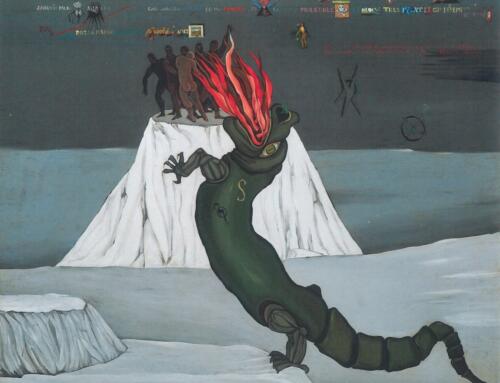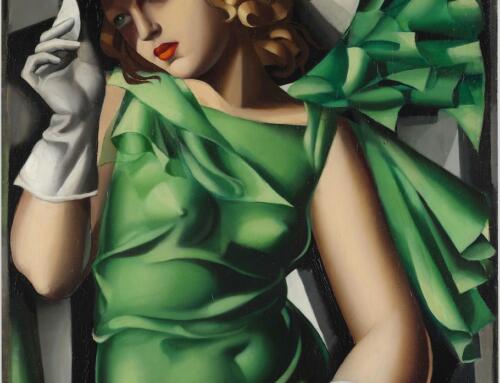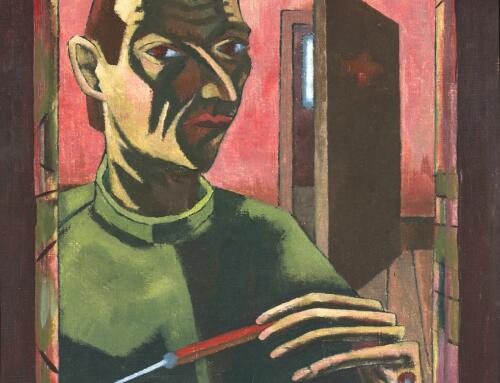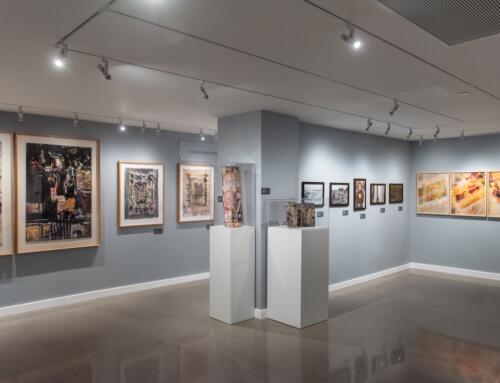Dear Friends,
Happy 125th birthday, Fritz Ascher! I am sure that he would have liked our celebration on October 17 at the Kallmann-Museum in Ismaning, with a tour and discussion of his work, and – of course – coffee and cake at the Kallmann-Museum in Ismaning, where it will be on view until November 25th. This is the last German venue of the retrospective before it travels to the US in 2019 (https://kallmann-museum.de/2018_ascher/).
In Ismaning, I kept wondering about those colorful dots and short brushstrokes that Fritz Ascher added to some of his early work in 1945, when he started painting again. One of those mesmerizing works is “Bajazzo and Artists” from c. 1916/1945. Why and when did he add those dots and short brushstrokes? Many different explanations have been offered. Were they Ascher’s way of carefully starting to paint again, after he was forced to pause painting for 12 years, and responding to scarcity of materials available in post-war Germany? Do these later additions create some kind of a grid or curtain that distances the viewer from the subject of the painting, like Ascher was forced to distance himself from society? Is the association with confetti wrong? Or are these additions a formal decision aiming to connect the strongly defined figures with their background, and thereby moving away from his earlier expressionist understanding of the figure in space?
A day later I walked through Lenbachhaus in Munich and its famous collection of expressionist art with curator Susanne Böller, and was able to take a detail photograph of Wassily Kandinsky’s “Couple Riding” from 1907. It is one of his early Russian paintings, in which he chooses colorful dots to create a mosaic-like structure. Comparing this detail with the head of the clown in Fritz Ascher’s “Bajazzo and Artists,” we see how spontaneous and immediate Ascher works. For full images of both artworks see my facebook post @fritzaschersociety.
These days, every trip to Germany also seems to bring me to the Potsdam Museum, where I always discover artists I have not seen before. Hardly anyone remembers the Swiss architect and painter Wilhelm Schmid (1892-1971), a contemporary of Fritz Ascher, who after the First World War caused a fuss in art criticism and stood in the limelight of the Berlin “November Group,” probably the most prominent political artist group during the Weimar Republic. In the exhibition, we discover Wilhelm Schmid’s sensitive and disturbing work with its strong forms and vivid colors that establishes his very own place between Expressionism and New Objectivity. In 1937, Schmid and his Jewish wife left Potsdam for Switzerland.
The November revolution in 1918/19 started tumultuous years. The exhibition puts Wilhelm Schmid’s work in the historical and artistic context of these years. There, you will find Fritz Ascher’s drawing “Novemberrevolution II” from 1918.
“Umkämpfte Wege der Moderne – Wilhelm Schmid und die Novembergruppe” will be on view until January 27, 2019 (http://www.potsdam-museum.de/ausstellung/umkaempfte-wege-der-moderne-wilhelm-schmid-und-die-novembergruppe).
One more thing: Until the end of today, November 2, AmazonSmile is donating 5% (ten times the usual amount) to Fritz Ascher Society for Persecuted Ostracized A Banned Art when you shop at smile.amazon.com/ch/46-5766772.
When you purchase items through AmazonSmile, which is the same Amazon you know (same products, same prices, same service), they will donate 0.5% of the price of your eligible AmazonSmile purchases to the Fritz Ascher Society. So please donate to the Fritz Ascher Society while shopping at Amazon. You can also support our work by donating directly to the Fritz Ascher Society through our website, or per check, of course.
Thank you for making our work possible!
With best wishes for a joyful season of changes,
Rachel Stern, Director and CEO
artwork Fritz Ascher ©2018 Bianca Stock, Photo Malcolm Varon


